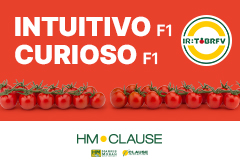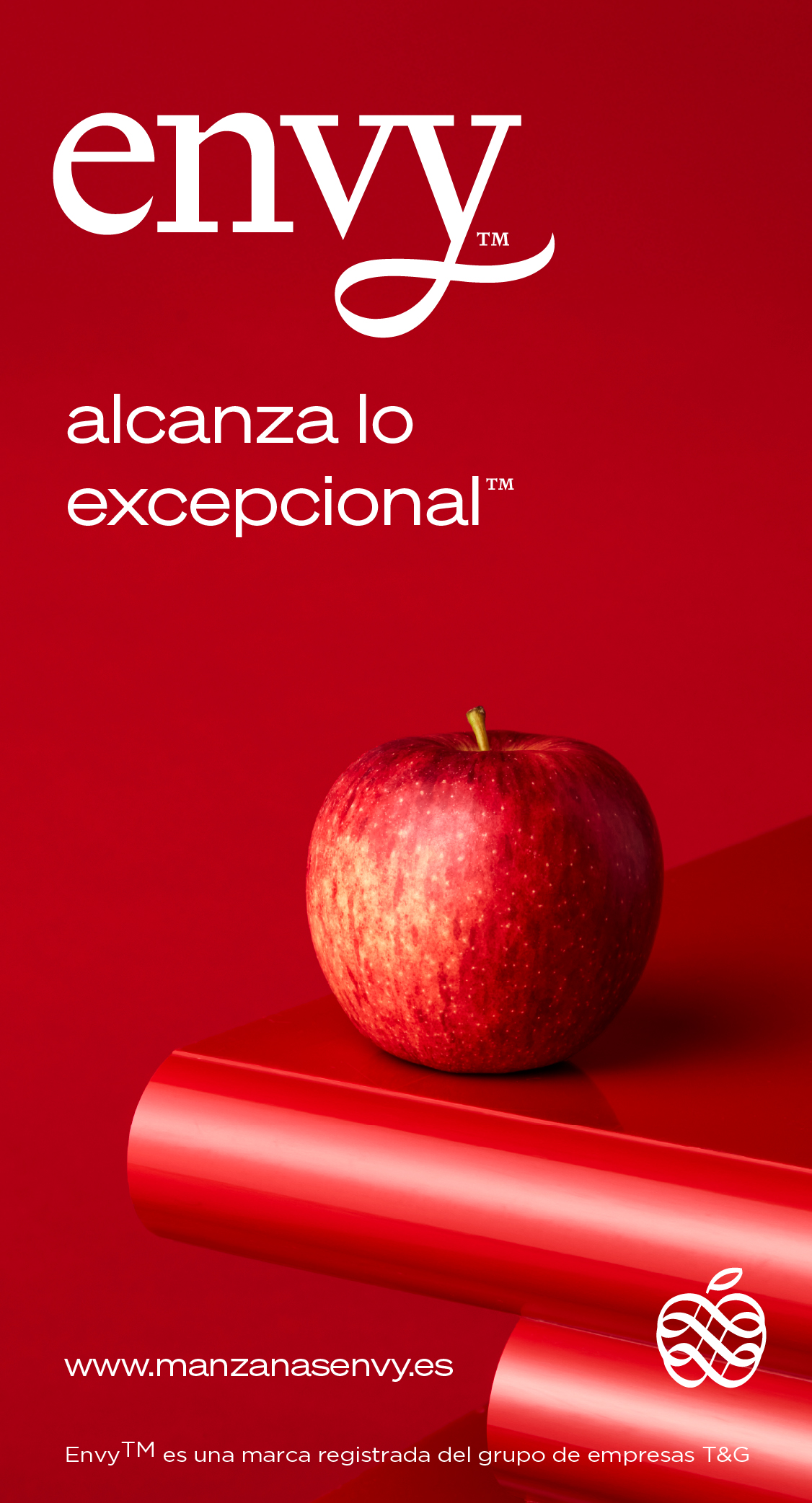Producers from the Valencian Community and Cadiz are opting for this crop, attracted by its profitability and the growth in demand
The cradle of tropical fruits, Vélez-Málaga and the Coast of Granada, are starting to see how other production areas are looking at their model and trying to imitate them as alternatives to crops that are less profitable, such as citrus fruits. Over the past 5 years, in the Valencian province alone, over 40,000 plants have been placed, mainly of the late variety, Lamb Hass, which allows the production arc to be extended once the Hass has finished. Trials have also been started in Huelva and in the Algarve.
The Chairman of the Spanish Association of Tropical Fruits (Asociación Española de Frutas Tropicales), José Linares warns producers that they should be “cautious” and choose the plantation zone very carefully due to frosts. It should not be forgotten that both avocados and mangos are more delicate than citrus fruits.”
The demand rate continues to rise and it seems that it will not stop growing, at least over the next 15 years. “Currently, the EU is increasing its real consumption by 20% per year. We forecast that the 400,000 tonnes in 2016 will move on to 440,000-480,000 this year and Spain, the last country to join this production, will increase even more because it is starting out from zero.” A relevant point: other Europeans eat 2 kg of tropical fruits per capita, compared to Spaniards, who eat 1 kg.
The mango campaign will produce between 20,000 and 25,000 tonnes, a volume that is slightly higher than last year’s, when the weather conditions made production drop from the expected 30,000 tonnes to 20,000. The avocado forecasts are “to reach 50,000 tonnes; 10,000 less than last year.”
Producers continue looking for new varieties, particularly in the case of avocados, where the Maluma variety offers very good results and the demand for Lamb Hass is also growing. Regarding the latter, Linares explained that consumers must be informed that “the Lamb Hass ripens black.”
In mangos, Osteen is increasingly being planted, although there are other alternatives such as the minority, but highly profitable Irwin, for early harvests and the late plants of Keitt and Palmer.
























